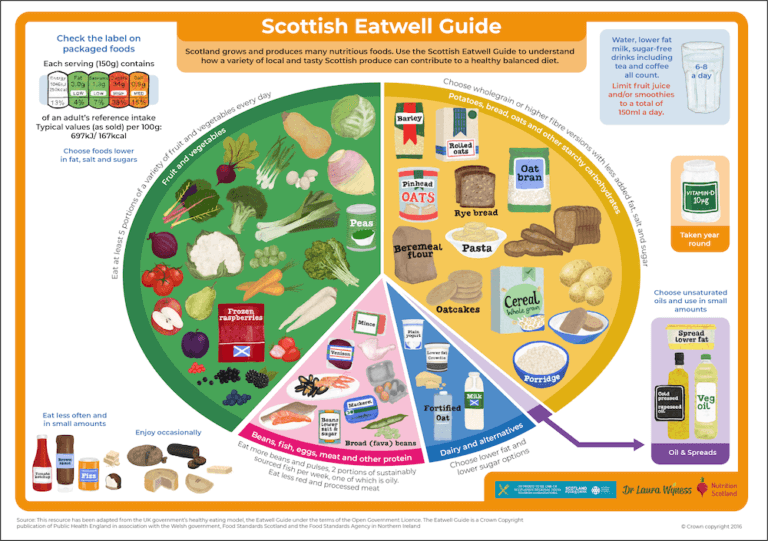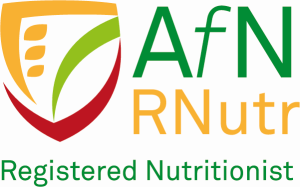Latest news & resources

The story behind the Scottish Eatwell Guide
Scottish Regional Food Tourism Ambassador, Dr Laura Wyness and community nutrition social enterprise Nutrition Scotland, have developed the first ever Scottish version of the UK’s

The differences between the UK Eatwell Guide and the Scottish Eatwell Guide
Although similar in many aspects, there are a few key differences between the Scottish Eatwell Guide and the UK Eatwell Guide. Whilst the proportions of

Menopause and cholesterol – 6 small dietary changes to help lower your cholesterol
Heart disease is often thought of as something that affects men more. Actually, it’s something that women, especially peri- and post-menopausal women should think about.

5 Scottish foods to support menopausal women
Scotland has a rich larder of healthy, nutritious foods. I’ve highlighted 5 Scottish foods that when eaten in a way that follows the principles of

New book! – Eating Well for Menopause
Discover the foods and nutrients that all menopausal women should know about with

5 reasons why calorie counting is flawed
Weight loss is made to look easy by many apps. The formula for success consists in helping you to calculate how many

What’s the difference between a Nutritionist and Dietitian?
Both Dietitians and Registered Nutritionists are qualified to give general dietary advice to healthy populations, for example to help prevent people becoming ill and support

Scottish cold pressed rapeseed oil – Is it healthier than extra-virgin olive oil?
Both extra-virgin olive oil and cold pressed rapeseed oil are healthy oils to have in your kitchen. Olive oil is often promoted as a healthy

Dairy and nutrition: why you should try cottage cheese
Nutrients provided by dairy foods Milk and dairy foods are provide high quality protein and a wide range of important vitamins and minerals for good





